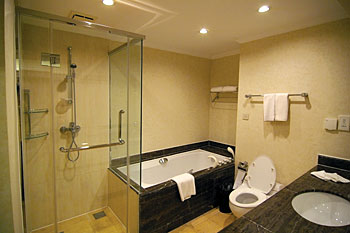 |
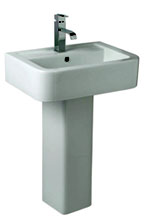 |
While families splurge on furniture and decoration for their bedrooms and living rooms, bathrooms are usually an afterthought, tucked away in a dark dingy corner of the house. But thankfully, things are changing as urban Nepalis realise the importance of hygienic and airy bathrooms.
Bathrooms reflect an owner's lifestyle. And it doesn't make sense to have a luxurious, professionally designed living room, if your guest can follow her nose to the bathroom.
"Architects and home-owners are slowly beginning to give priority to bathrooms," says Yogendra Bajracharya of Nepal Marble Bath House which has been in business for the last 15 years. He adds, "Urban Nepalis are becoming increasingly conscious about design and use of space and are even willing to spend big bucks."
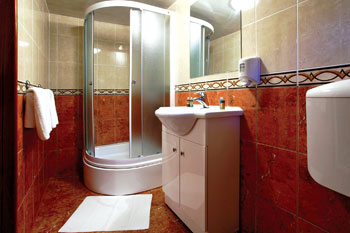 |
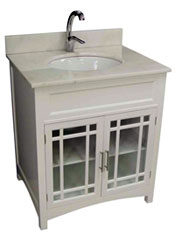 |
"Most of our customers still look for mid-range sanitary products and prefer durability over style," says Sanjay Kedia of Rajesh Sanitary Ware. "However, there is a gradual rise in the demand for high-end goods like Jacuzzis, steam cabins, and shower enclosures."
With a diverse range of innovative products, clients don't have to compromise on design and even smaller bathrooms can be cleverly utilised. "Products like shower enclosures have revolutionised bathing and added elegance to bathrooms," says Rajesh Budhiya of Rukmani International.
 |
Even something as trivial as burn accidents caused by hot water can be avoided. "We offer innovative taps which automatically set the water temperature below 40 degrees (C),"says Budhiya.
Hygienic and easy-to-clean features are also widely available. "Rust-proof PVC pipes which do not allow bacteria to breed inside their inner surface are very popular these days," says Bijaya Ray of Mangalam Industries.
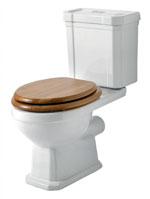 |
Prakash Bajracharya of Bajra and Bajracharya says, "Construction business has slowed down recently and this has affected our business. Political instability also increases the risk of our investments."
However, demand is being kept afloat by apartment and hotel construction. Even older houses are looking to renovate their bathrooms to match modern lifestyles. After all, we spend one third of our lives in the bathroom.


